Brad Holland – RIP
Skip to commentsIllustrator and cartoonist Brad Holland has passed away.

Bradford Wayne (Brad) Holland
October 16, 1943 – March 27, 2025
Brad Holland died on Thursday March 27 at 2 a.m. after heart surgery. He was 81.
He was my first professional friend, critic and inspiration when at 17 I stumbled into the worlds of satiric art, illustration, magazines and graphic design.
We had a natural bond and tumultuous relationship that I think is endemic to all closely tied, emotionally driven, unforgettable and irreplaceable relationships. We had great adventures, illuminating experiences, deep respect for and loyalty to one another.
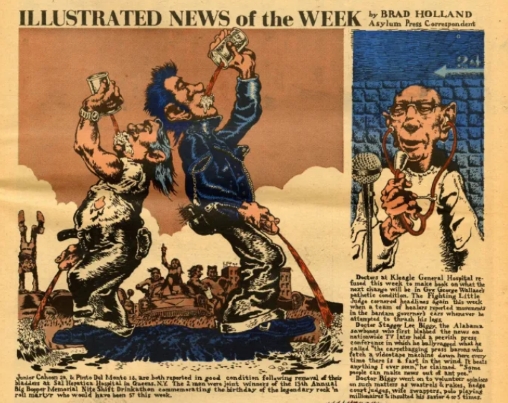
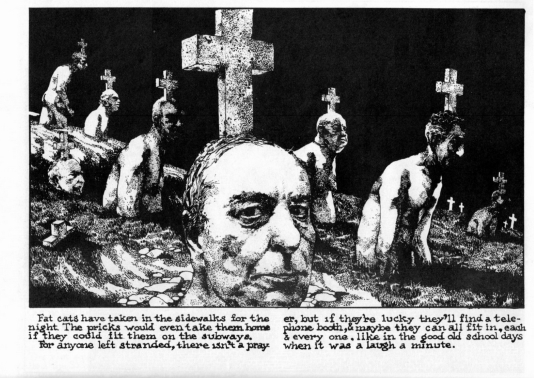
Steven Heller tells of his long ago working relationship and long time friendship with Brad Holland.
Holland had arrived in New York City from Kansas City, a year before by way of Tulsa, OK, and Freemont, Ohio [via Fort Smith, AR]; he worked as a design supervisor at the “rabbit department” of Hallmark cards in Kansas City and started getting hired for illustration work almost immediately after getting off the Greyhound bus. It was clear to me that he did not have to submit work to my semi-literate literary magazine.
Those early memories can be compared to Brad’s own recollections at his Drawger page.
All I knew back then is that the series of pictures I had done [for Playboy] on a short deadline in February of 1968 had been pushed back from its June ‘68 publication date to be showcased in the magazine’s blockbuster December issue. When that issue was finally published, however – the first week of November – these three pictures changed my life.
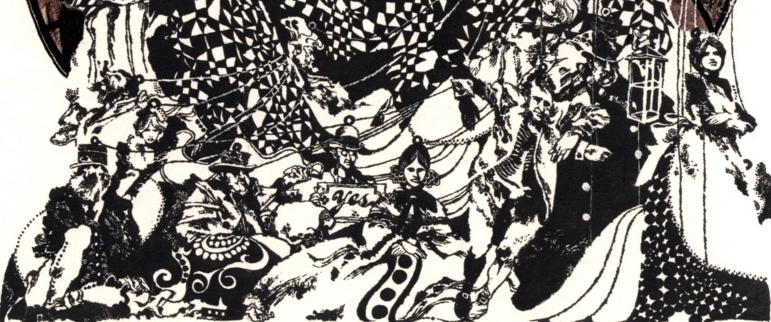
To begin with, the double page spread paid well: $1,800 in 1968 money; $13,000 in today’s. For an artist who had just worked for two years at Hallmark to save a thousand bucks – and whose thousand bucks were quickly running out in New York – that Playboy check was a windfall.
Second, exposure in the magazine catapulted me at a young age into the ranks of an illustration field that in those days was still dominated by an elite group of middle-aged men.
By the early 1970s Holland had landed as a regular artist on The New York Times Ed-Op pages.
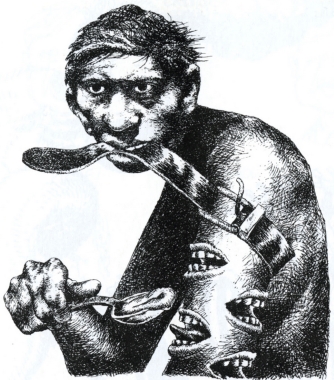
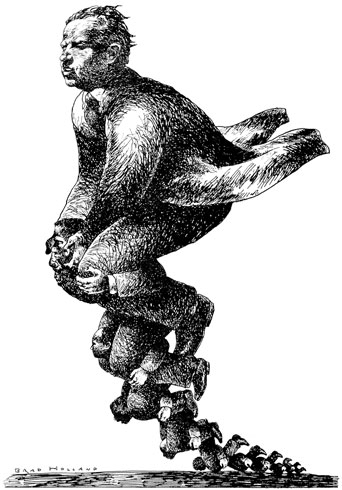
From an interview with Steven Heller:
So anyway, as far as JC Suares … Anyway, he took me up to The New York Times and introduced me to Harrison Salisbury. They were just starting the op-ed page, and Harrison asked me how I saw my work being used, how I saw illustration being used on the op-ed page … He called it illustration, and I said, well, I don’t really think of it as illustration. I didn’t know what to say. And I kind of stammered around for a second. And then I thought I had a great angle. I said “Just imagine that you lock the writer in one room and the artist in another, and you give them both the same assignment. And then you put this stuff together.” The writer gives you an article, and the artist gives you a picture, and you just put them together. As long as they run tangent to each other, that qualifies as a direction.
And so by age 30 Brad Holland was acknowledged as being an upper-tier artist in the popular media.
April 13, 2025 Update: The New York Times obituary:
“All the Art That’s Fit to Befuddle” read the headline of a 1977 New York magazine article by Michael R. Gordon about the upstart Op-Ed page, naming Mr. Holland as an avatar of the new form. Mr. Gordon pointed out that the work Mr. Suares chose not only pushed the boundaries of political cartoons but was also weird and abstract enough to satisfy a key Times mandate: that the artwork not express any overtly political point of view.
Political cartoonists carped that as a result, as Pat Oliphant, then at The Washington Star, put it, the Op-Ed art was “the sort of cop-out you can expect from a paper of record that wants to use art but doesn’t want comment.”
That view was not widely shared. If some readers were befuddled by Mr. Holland’s strange and magical imagery, graphic artists were entranced.
The Steven Heller remembrance ends with a number of links to further reading and biography.
Also: Playboy’s Ribald Classics illustrations by Brad Holland (recommended for adults only)
more recent fine art images by Brad Holland at Margarethe Hubauer
an appreciation of Brad Holland’s talent at NY Art World
a gallery of Brad Holland drawings and art from the Society of Illustrators
Brad Holland’s birth date found at Prabook.
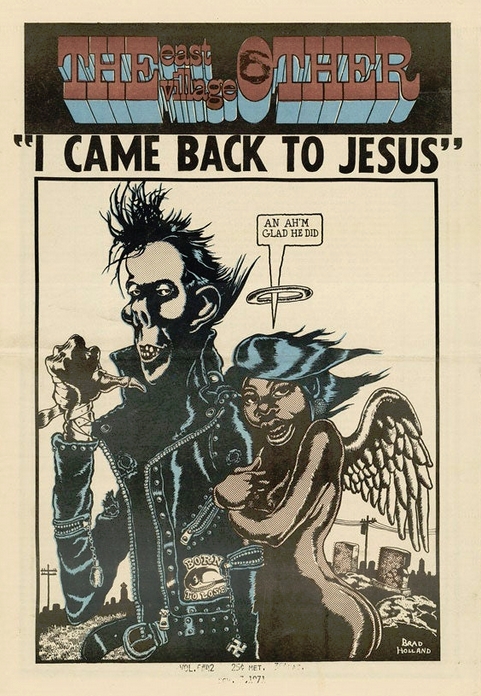
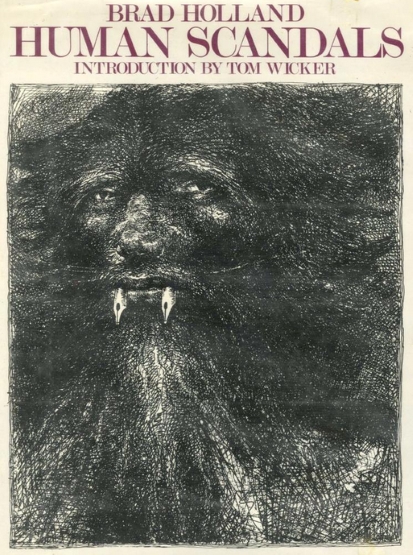
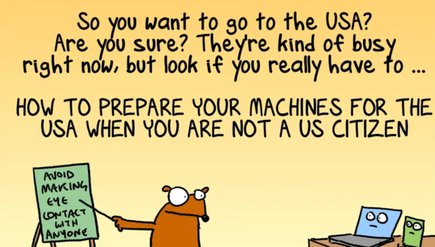
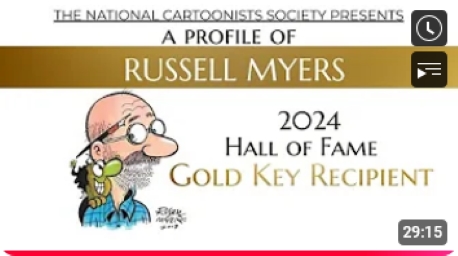
Comments 10